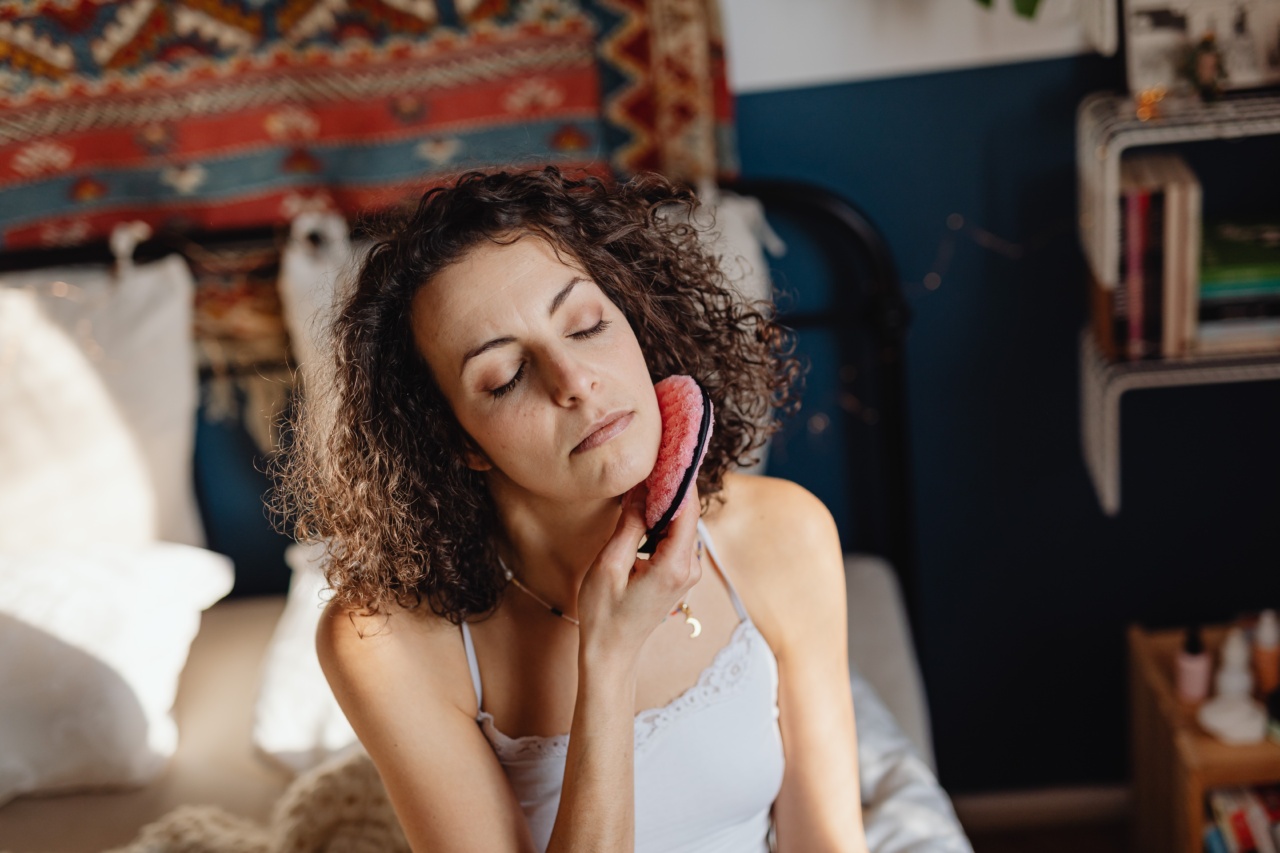Proper facial cleaning is essential for maintaining healthy, glowing skin. However, many people unknowingly commit several faux pas that can sabotage their skincare efforts.
In this article, we will discuss ten common facial cleaning mistakes and provide useful tips to help you avoid them. By steering clear of these errors, you can improve the effectiveness of your skincare routine and achieve the clear, radiant skin you desire.
1. Using Harsh Cleansers
One of the most significant mistakes people make is using cleansers that are too harsh for their skin type. Harsh cleansers strip away natural oils, leaving the skin dry, tight, and prone to irritation.
It is important to use a gentle cleanser that is specifically formulated for your skin type, whether it’s oily, dry, or sensitive.
2. Ignoring the Neck and Décolletage
When cleansing your face, do not forget about your neck and décolletage area. Neglecting to clean these areas can lead to an uneven skin tone and texture, as well as visible signs of aging.
Be sure to extend your cleansing and moisturizing routine to these often overlooked regions for a more youthful and uniform appearance.
3. Over-Exfoliating
Exfoliation is a vital step in any skincare routine, as it helps remove dead skin cells and unclog pores. However, over-exfoliating can damage the skin’s protective barrier, leading to irritation, redness, and dryness.
Limit exfoliation to two to three times a week and choose a gentle exfoliator that suits your skin type.
4. Using Dirty Towels
A common oversight is using dirty towels to dry the face post-cleansing. Towels can harbor bacteria, dirt, and dead skin cells, which can transfer back onto your skin, causing breakouts and other skin issues.
Always use a clean towel or pat your face dry with a disposable tissue to maintain hygiene.
5. Relying Exclusively on Makeup Wipes
While makeup wipes are convenient for quick makeup removal, they are not sufficient for a thorough facial clean. Makeup wipes often leave residue on the skin and fail to adequately remove impurities from deep within the pores.
Use a proper facial cleanser in conjunction with makeup wipes for optimal results.
6. Washing Face with Hot Water
Although hot water may feel soothing, it can be detrimental to the skin. Hot water strips away the skin’s natural oils, leading to dryness and irritation.
Opt for lukewarm water when cleansing your face to maintain the skin’s moisture balance.
7. Skipping Sunscreen
Sunscreen is a crucial step that many people overlook during their facial cleansing routine. UV rays can cause significant damage to the skin, accelerating aging and increasing the risk of skin cancer.
Always apply a broad-spectrum sunscreen with an SPF of 30 or higher, regardless of the weather or season.
8. Over-Washing or Under-Washing
Finding the right balance is key when it comes to facial cleansing. Over-washing can strip away the skin’s natural oils, causing dryness and irritation.
On the other hand, under-washing can lead to a buildup of dirt, oil, and dead skin cells, clogging pores and causing breakouts. Wash your face twice a day, morning and night, to maintain a clean and healthy complexion.
9. Using Dirty Hands
Always wash your hands before touching your face or applying skincare products. Touching your face with dirty hands can transfer bacteria, oils, and other impurities onto your skin, leading to breakouts and infections.
Proper hygiene is crucial for good skin health.
10. Neglecting to Moisturize
Moisturizing is an essential step in any skincare routine, yet many people skip this vital step. Properly hydrated skin is more resilient and better equipped to defend against environmental aggressors.
Choose a moisturizer suitable for your skin type and apply it after cleansing to lock in moisture and keep your skin supple and nourished.





























